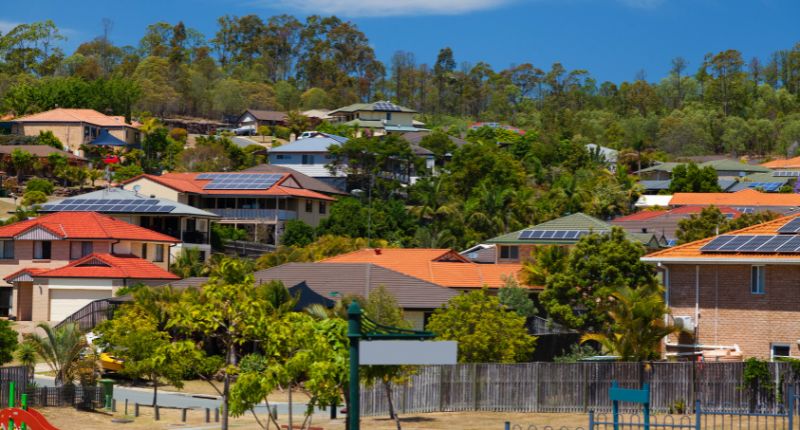
- Australia's property market sees historic highs, regional variations, and unexpected rebounds in prices.
- Supply-demand nuances, rental shortages, and location-specific dynamics shaped property landscape.
- Victoria grapples with interest rate hikes, taxes, and supply issues.
The year 2023 was a tumultuous ride for Australia’s property market, filled with twists and turns before ending the year at a historic high, according to the Real Estate Buyers Agents Association of Australia (REBAA).
A triumphant 2023 for the property market
REBAA president Melinda Jennison commented that Australia’s real estate market’s turbulent journey through 2023 was proof of its tenacity.
“Regional variations, supply-demand dynamics, and changing rental landscapes have all played pivotal roles in shaping this narrative,” she said.
“As the year draws to a close, the real estate sector continues to navigate the waves of change, offering both challenges and opportunities.”
“The intricate interplay of factors continues to shape the nation’s property landscape, creating an environment where vigilance and adaptability remain key for both buyers and sellers.”
Melinda Jennison, REBAA
Jennison noted that there were indications at the beginning of the year that the housing market’s slowdown would reverse despite the increasing interest rates.
“The subsequent months witnessed an unforeseen rebound, catapulting property prices into double-digit growth between February and October in the cities of Perth, Sydney, and Brisbane,” she said.
“The surge in prices, however, was not uniform on a monthly basis across the nation. As listing volumes swelled in areas such as Melbourne, Sydney, Hobart, and Canberra, the pace of monthly price growth moderated.
“Conversely, Perth, Adelaide, and Brisbane, where advertised stock levels either declined or remained stable, experienced a more accelerated rate of property price growth over the last quarter.”
Particularly, Perth has emerged as one of the top destinations for investors, drawn by the state’s relative affordability, robust rental growth, and investor-friendly laws.
However, this has in turn caused prices in the capital city to soar.
Perth weekly asking property prices
Rental shortage drove prices up
Jennison remarked that the variations in market performance were caused by location-specific supply and demand subtleties. Furthermore, she noted that the main factor behind the large rent increases across Australia was the dearth of rentals.
National residential vacancy rates
“Adelaide and Brisbane led the charge in January, with the most substantial increase in annual house rents, according to CoreLogic. However, by October, the scene had shifted, with Perth and Melbourne taking centre stage in the annual house rent increase rankings,” she said.
National weekly rents
“Unit rents mirrored a similar narrative, with Sydney and Brisbane initially experiencing the greatest annual change up to January.
“In the evolving landscape, Perth claimed the lead by the end of October, while Brisbane held firm in second place for unit rent price growth.”
Perth weekly rents
Melbourne woes
Not all states had an exemplary 2023. Notably, Melbourne underperformed compared to the other capitals, with its largely stagnant house prices.
Melbourne weekly asking property prices
REBAA Victoria state representative Luke Assigal argued that the middling dwelling price growth seen in Victoria was a byproduct of interest rate increases and additional taxes imposed on property investors by the Government.
Although Melbourne’s median house price fell for seven quarters in a row, Assigal noted that it remained above pre-pandemic levels.
“On the supply side, the number of dwellings under construction have decreased, and it is projected that the level of new completed dwellings in 2023 will be the lowest in seven years,” he said.
“This, coupled with the shortage of established properties for sale and the rapid population growth, is expected to create an imbalance between supply and demand, leading to potential price increases in 2024.”
Luke Assigal, REBAA Victoria




